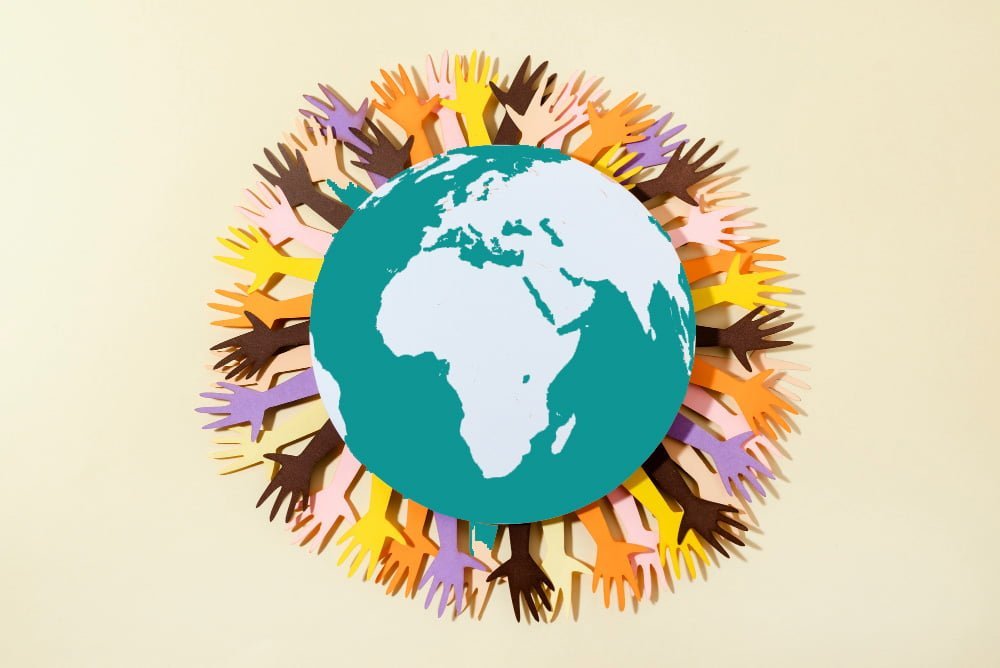World Population Day, observed annually on July 11th, aims to raise awareness about global population issues and their impact on various aspects of life. In 2023, this day holds even greater significance as we continue to navigate the complexities of a growing world population. Let’s delve into the key aspects and implications of this global event.
History of World Population Day
The event was established by the Governing Council of the United Nations Development Programme (UNDP) in 1989, an outgrowth of the interest generated by the Day of Five Billion, which was observed on July 11, 1987.
The Day of Five Billion was a global event that marked the estimated date on which the world’s population reached five billion people. It was a time of great concern about the implications of population growth for the environment, development, and resources. The Governing Council of the UNDP felt that it was important to continue to focus attention on population issues, and so it established World Population Day as an annual event.
The theme for World Population Day 2023 is “8 Billion: A World of Opportunity.” The theme reflects the fact that the world’s population is expected to reach 8 billion people in 2023.
World Population Day is an opportunity for governments, organizations, and individuals to come together to raise awareness of population issues and to work towards a more sustainable future. No matter how you choose to participate, your voice can make a difference. By raising awareness of population issues, we can help to create a more sustainable world for all.

The Perplexity of Global Population Growth
As the world population steadily increases, it poses various challenges that require our attention. One of the perplexing aspects is the strain it places on our planet’s finite resources. With more mouths to feed, greater demands for energy, and increased pressure on infrastructure, sustainable development becomes paramount.
Furthermore, population growth affects social dynamics, healthcare systems, and environmental sustainability. Understanding these complexities is crucial to finding viable solutions that ensure a prosperous future for all.
The Burstiness of Population Growth Patterns
The burstiness of population growth refers to the uneven distribution of population across regions, countries, and even cities. This unevenness creates unique challenges and opportunities in different parts of the world. While some areas experience rapid urbanization and overcrowding, others face declining populations and aging societies.
It is essential to recognize the burstiness of population growth when addressing the issues arising from it. Tailored strategies and interventions are needed to ensure equitable development, taking into account the specific needs and circumstances of each region.
The Global Impact on Sustainable Development
World Population Day serves as a reminder of the critical link between population growth and sustainable development. Rapid population growth can strain economies, exacerbate poverty, and hinder social progress. It is imperative to strike a balance between population growth and resources to achieve sustainable development goals.
Investing in education, healthcare, and family planning services are key pillars in addressing these challenges. Empowering individuals with knowledge and access to reproductive health services ensures that they can make informed choices, leading to better outcomes for themselves and their communities.
World Population Day: Conclusion
World Population Day 2023 highlights the pressing need to understand the global impact of population growth. By recognizing the perplexity and burstiness of this phenomenon, we can work towards sustainable development that benefits all. Let us prioritize education, awareness, and collaborative efforts to create a world where every individual can thrive.
Also read: World Chocolate Day: Celebrating the Sweetest Day of the Year
Discover more from NoseyPepper
Subscribe to get the latest posts sent to your email.










Recent Comments